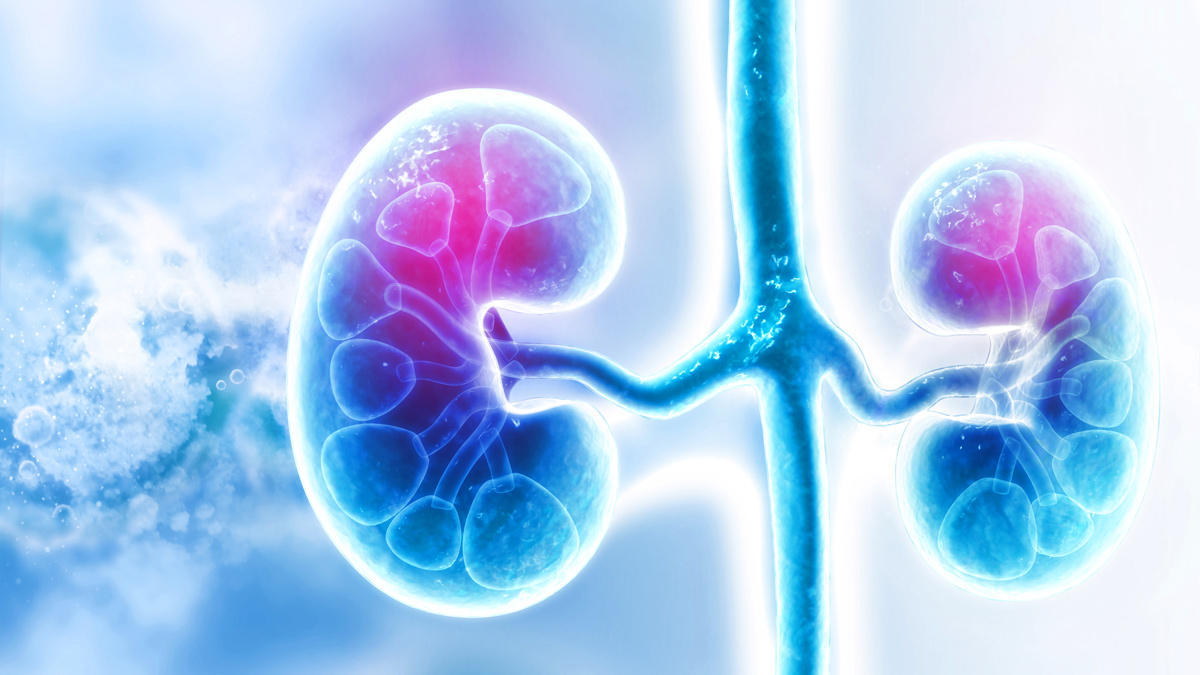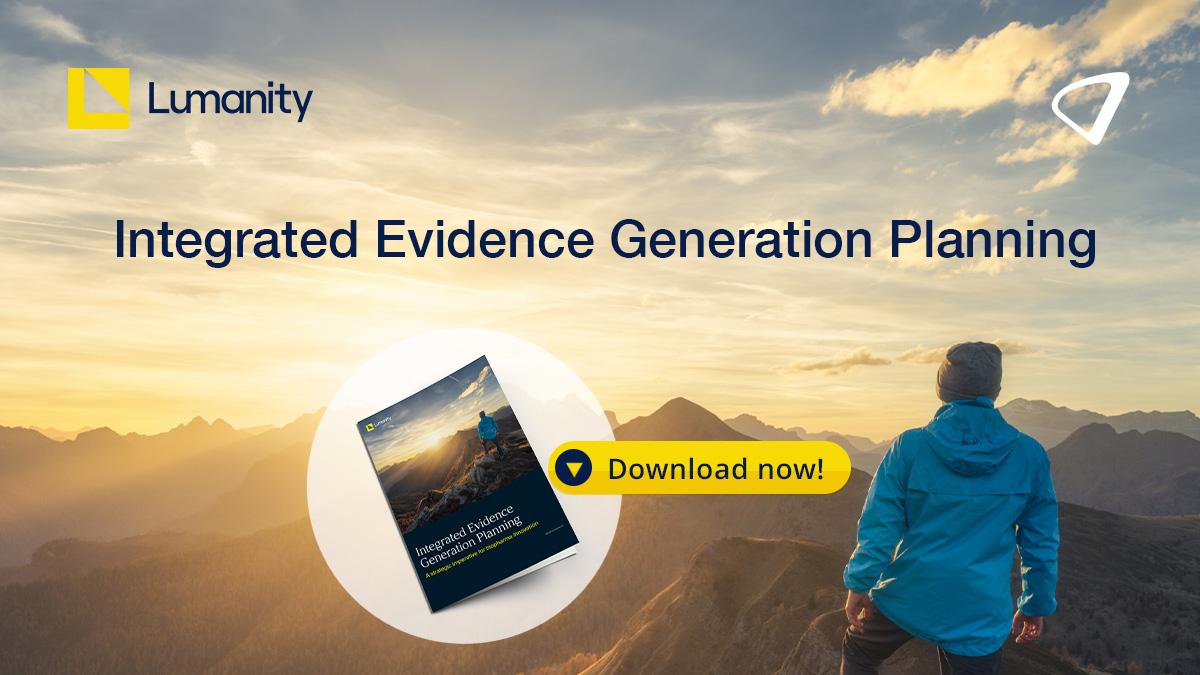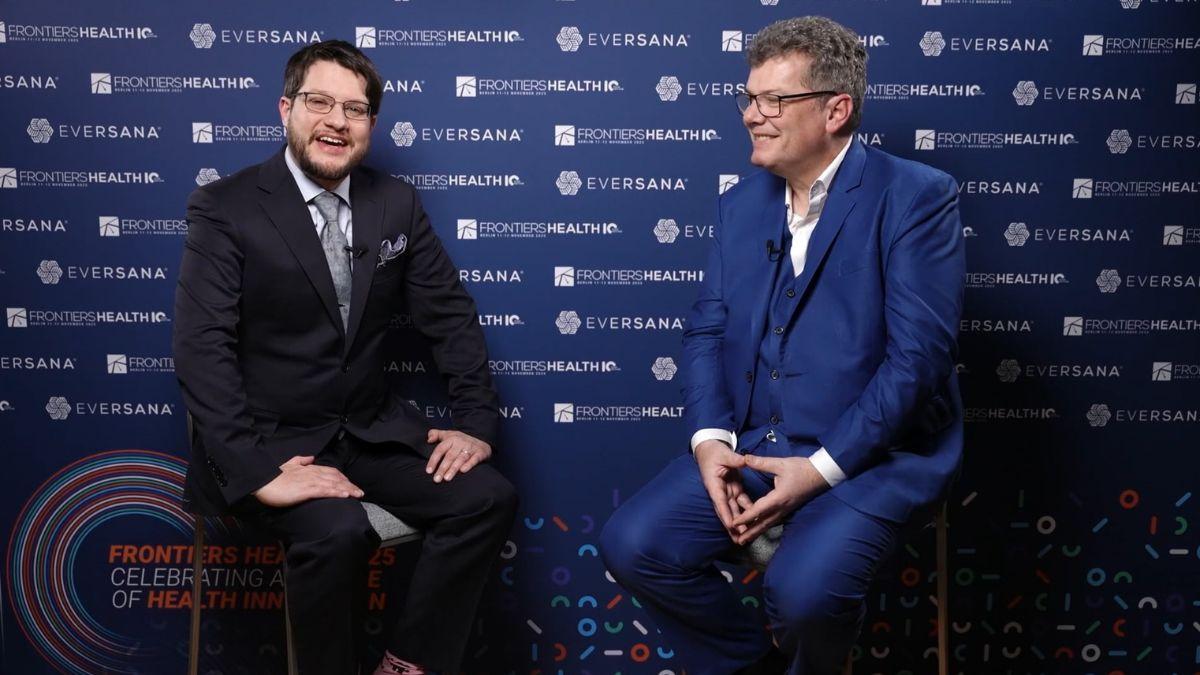Novartis gets FDA nod for second of three IgAN drugs

Novartis has claimed accelerated approval from the FDA for Vanrafia, one of a trio of therapies it hopes will revolutionise the treatment of rare kidney disease IgA nephropathy (IgAN).
Vanrafia (atrasentan) is the first drug in the selective endothelin A receptor antagonist (ERA) class to be cleared in the US for IgAN, a disease characterised by the accumulation of antibodies in the kidneys that cause inflammation and scarring and can lead to chronic kidney disease (CKD).
Despite standard care, up to 50% of IgAN patients with persistent proteinuria progress to kidney failure within 10 to 20 years of diagnosis. Each year, approximately 25 people per million worldwide are newly diagnosed with IgAN, mostly young adults.
Vanrafia has been approved with a label indicating it can be used to reduce protein in the urine (proteinuria) – a biomarker for kidney damage – in adult IgAN patients who are at risk of disease progression. The oral, once-daily therapy can be added to current therapies like RAS inhibitors and SGLT-acting drugs, according to Novartis.
It joins the Swiss drugmaker's complement inhibitor Fabhalta (iptacopan) on the US IgAN market, while a third drug developed by the company – subcutaneously administered anti-APRIL antibody zigakibart – is in phase 3 with launches scheduled from 2027 onwards if approved.
Novartis views Vanrafia as a "foundational" treatment for IgAN, an option for all of the 500,000-plus patients worldwide, including around 45,000 in the US, that doesn't require discontinuation or adjustment of background therapy. For comparison, it estimates that Fabhalta is suitable for 15% to 30% of patients, or 7,000 to 14,000 of those in the US.
The accelerated approval for Vanrafia draws on 36-week proteinuria data from the ALIGN study, with a 38.1% reduction with the ERA compared to a fall of 3.1% with placebo. Firming up to a full approval will depend on data from ALIGN on estimated glomerular filtration rate (eGFR) – a stronger marker for kidney function – that is due to read out next year.
In 2021, Calliditas Therapeutics' corticosteroid-based Tarpeyo (budesonide) became the first FDA-approved therapy for IgAN, and in 2023 it was joined by Travere Therapeutics' Filspari (sparsentan), which is in the same class as atrasentan but is subject to a risk evaluation and mitigation strategy (REMS) to guard against liver toxicity and birth defects.
Otsuka recently filed for FDA approval of its anti-APRIL antibody-based IgAN candidate sibeprenlimab, while Biogen has an anti-CD38 antibody called felzartamab in phase 3, raising the prospect of a series of new-mechanism therapies for the disorder.
"My son was diagnosed with IgA nephropathy long before there were any medicines approved to treat this condition, so the availability of multiple treatment options is incredibly meaningful for this community," commented Bonnie Schneider, director and co-founder of the IgA Nephropathy Foundation in the US.
"The approval of Vanrafia broadens the treatment landscape and expands the opportunity to tailor care in a disease that can impact each patient so differently," she added.
Novartis has estimated that Fabhalta could reach more than $3 billion in peak sales across all its potential indications, which also include paroxysmal nocturnal haemoglobinuria (PNH) and C3 glomerulopathy (C3G).
The company acquired rights to atrasentan via its $3.5 billion takeover of Chinook Therapeutics in 2023.












